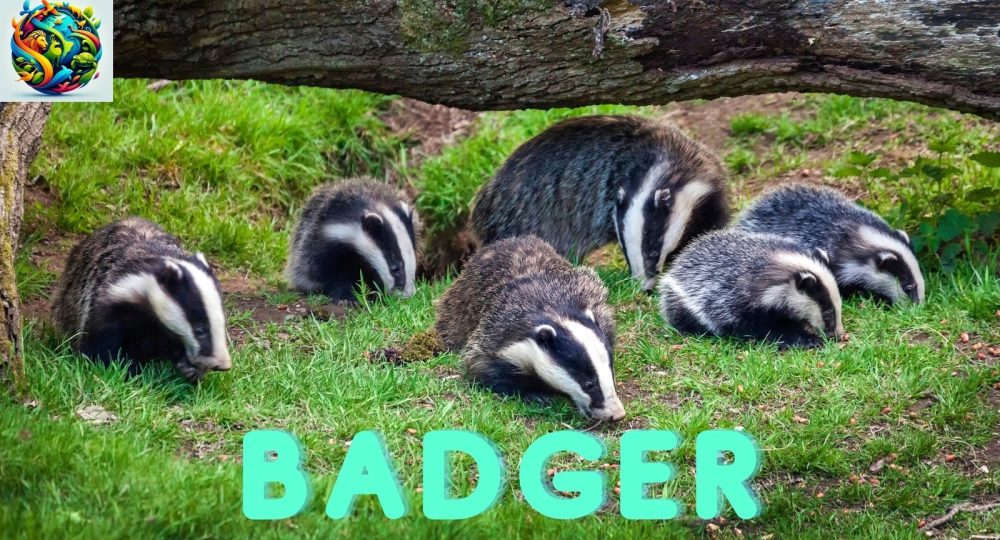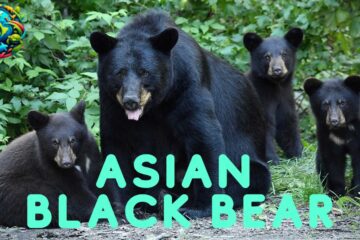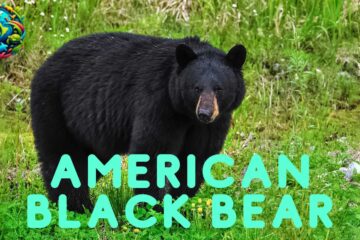
Badgers: Discover the Majestic World of Master Diggers
Badgers: Discover the Majestic World of Master Diggers
Badgers are among the most intriguing and robust creatures in the animal kingdom, renowned for their burrowing abilities and distinctive appearance. These nocturnal mammals play a crucial role in their ecosystems, contributing to soil aeration and pest control. This article delves into their fascinating world, offering insights into their habitat, diet, appearance, subspecies, and much more.
Amazing Fact
One of the most remarkable facts is their incredible digging ability. They can excavate soil faster than three men with shovels, thanks to their powerful limbs and sharp claws, making them one of nature’s most proficient diggers.
Habitat/Food
They are found in a variety of habitats, including woodlands, meadows, and even urban areas, adapting remarkably well to different environments. They are omnivores, feeding on a diverse diet that includes earthworms, insects, small mammals, berries, and roots. Their ability to adapt their diet based on availability makes them successful survivors in various habitats.
Appearance
They have a distinctive appearance, characterized by their stocky bodies, short legs, and striking facial markings. Their fur, which can range from grey to brown, is dense and coarse, providing insulation and protection from the elements. The most recognizable feature is the white stripe that extends from their nose over the back of their heads.
Types/Subspecies of Badger
There are several species spread across the globe, each adapted to its own unique environment.
- European badger (Meles meles)
- American badger (Taxidea taxus)
- Honey badger (Mellivora capensis)
Each species has variations in behavior, appearance, and habitat preferences.
Where They Are Found
They are found across a wide range of continents, from Europe and North America to Africa and Asia. Their distribution is largely dependent on the presence of suitable habitats that provide enough food and shelter.
Predator and Threat
They face threats from larger predators such as wolves and bears, but human activities pose the most significant risks. Habitat destruction, road accidents, and persecution due to their burrowing nature are common threats. Additionally, in some regions, they are culled as part of efforts to control bovine tuberculosis, a practice that remains controversial.
Mating
They have a unique reproductive process known as delayed implantation. Mating can occur at any time of the year, but the fertilized egg does not begin to develop until months later, allowing badgers to give birth at the most advantageous time for survival.
How Badger Communicates
They communicate through a combination of vocalizations, scent marking, and body language. They have a variety of sounds, including growls, churrs, and purrs, used to express emotions and intentions. Scent marking is particularly important for territorial boundaries and during mating seasons.
Pronunciation in Different Languages
- English: Badger
- Spanish: Tejón
- French: Blaireau
- German: Dachs
- Italian: Tasso
- Mandarin: 獾 (Huān)
FAQs
Q: Do badgers hibernate?
A: They do not truly hibernate but may enter a state of torpor during extreme cold, significantly reducing their activity levels.
Q: Are badgers dangerous to humans?
A: They generally avoid humans and are not dangerous unless provoked or cornered, in which case they can defend themselves vigorously.
Q: Can badgers be kept as pets?
A: Keeping them as pets is illegal in many places and not recommended due to their wild nature and specific needs.
Q: How long do badgers live?
A: They can live up to 14 years in the wild, but their lifespan is typically around 5 to 7 years due to natural predators and human-related threats.
Q: Are badgers solitary animals?
A: While some species, like the American badger, are known to be solitary, others, such as the European badger, live in complex social structures called setts, which can house multiple family groups.
Q: At what time of year do badgers give birth?
A: They give birth mostly in early spring, with cubs being born from January to March, depending on the climate and region. This timing ensures that the young have the best chance of survival when emerging from the settlement.
Q: How do badgers affect the environment?
A: They play a vital role in their ecosystems. Their digging activities help aerate the soil, improving soil health and promoting plant growth. They also control populations of various pests and insects through their diet.
Q: Is it true that badgers can spread tuberculosis to cattle?
A: Yes, in some areas, they have been identified as carriers of bovine tuberculosis (TB), which can be transmitted to cattle. This has led to controversial badger culling programs aimed at controlling TB in livestock, though the effectiveness and ethical implications of such programs are widely debated.
Q: Can they climb trees or swim?
A: They are primarily ground-dwelling animals and are not known for their climbing abilities, but they are capable swimmers. They can cross rivers and streams when necessary, although they prefer to stay on dry land.
Q: How can I help protect them and their habitats?
A: You can help protect them by supporting wildlife conservation organizations, participating in local habitat restoration projects, and advocating for policies that protect natural habitats. Additionally, driving carefully in areas where badgers are known to live can help reduce road casualties.
Conclusion
They are fascinating creatures with complex behaviors and an important role in their ecosystems. By understanding more about these animals, including how they live, communicate, and interact with their environment, we can better appreciate their presence and work towards their conservation.






